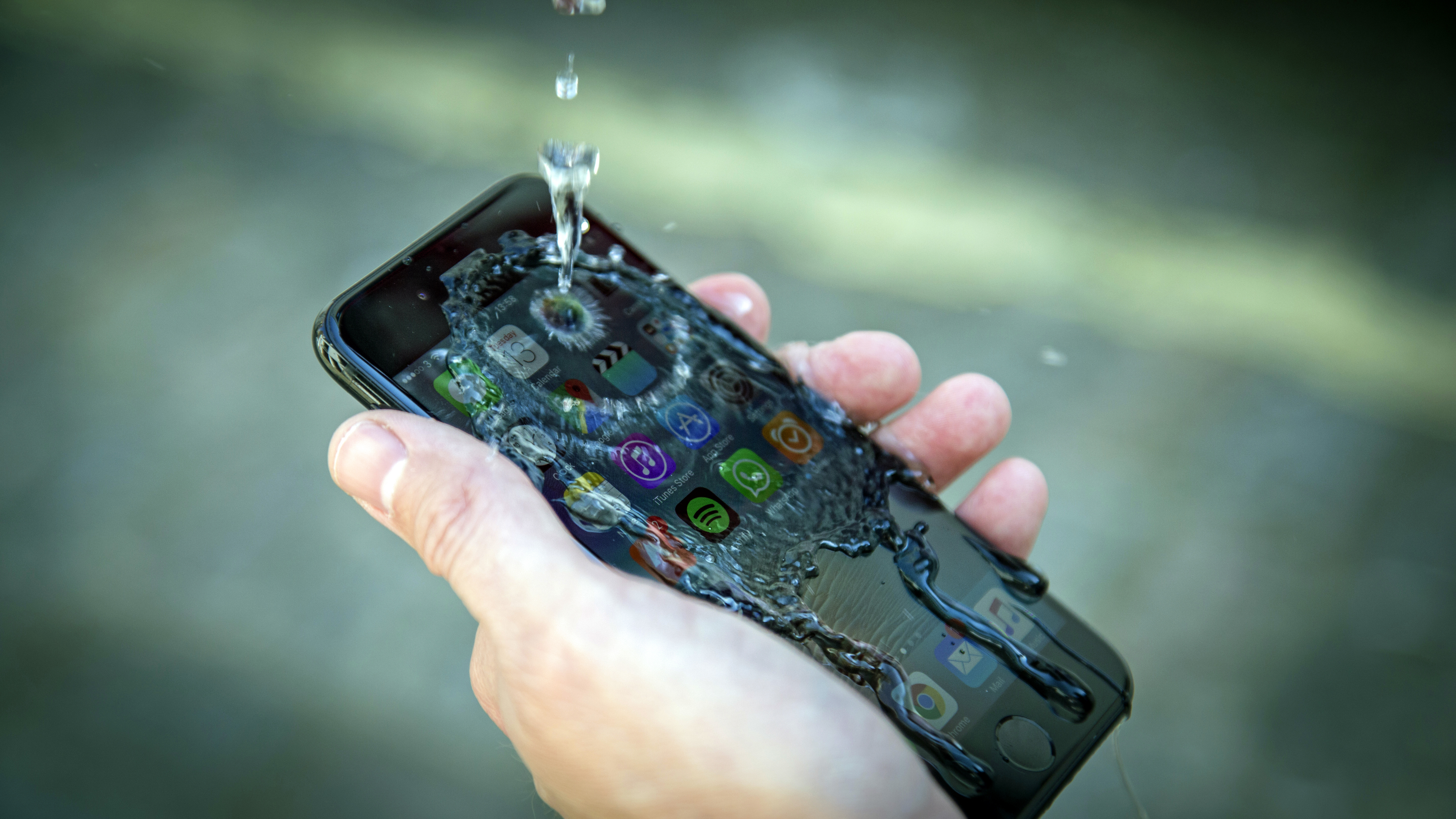Why you can trust TechRadar
Specs, iOS and performance
- New A10 Fusion processor offers huge, industry-leading performance
- Music playback still excellent in all forms
- iOS 10 is a bit more complex, but usable
- Now has iOS 12
The iPhone 7 comes with the A10 Fusion chip, once AGAIN the biggest, whizziest and shiniest chip Apple has ever put in a phone (until the A11 Bionic arrived in the iPhone 8 and co., of course).
This time though it's a quad-core affair, with two cores used for the high-powered stuff and two for the tasks that don't need full power. The intended result is for the phone to last longer when you're just checking your email – but we didn't see much evidence of that.
However, the speed of the iPhone isn't a problem – that's for sure. There's very little you can throw at this phone that it can't handle, be it quick photo adjustment in Adobe Photoshop, or more heavy video processing on the go.
The stats bear this out as well. We usually run Geekbench on every phone we review, but the developers have just upgraded this to Geekbench 4, so we're not sure if the numbers correlate.
To be sure, we also ran the new software on the Samsung Galaxy S7 Edge and the iPhone 6S. The results were rather startling: despite having fewer cores and reportedly less RAM, the iPhone 7 was 4% faster than the S7 Edge.
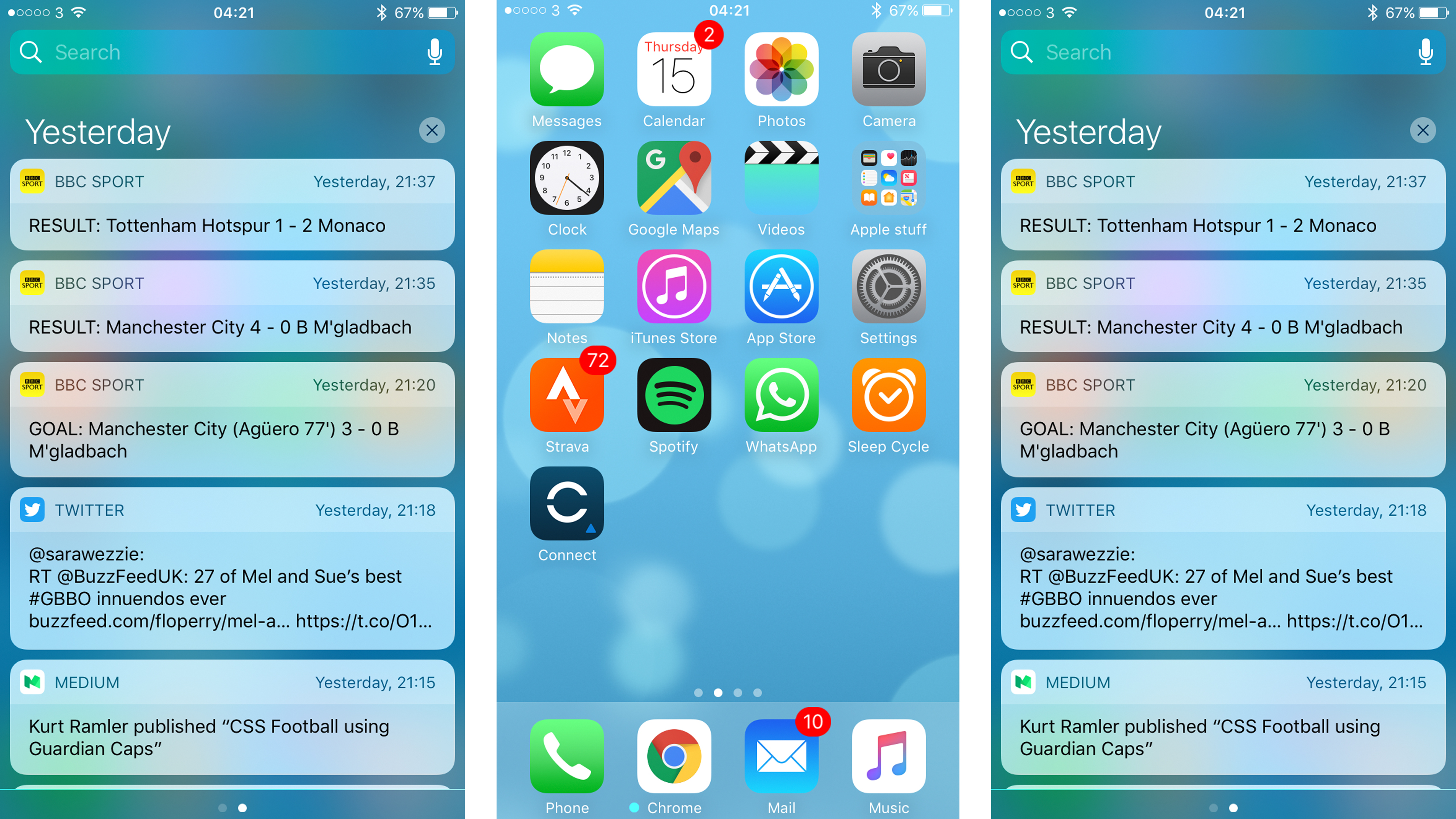
More predictably, the iPhone 6S is about 20% slower than the new model – something you can see in our speed test, where both phones just run through a selection of apps.
How does this translate to real-world performance? Well, the aforementioned speed of opening and closing apps is impressive, but that's not the whole story.
Where the iPhone 7 really comes to the fore is when you're just ripping through different apps, opening up music before browsing the web and then playing a game.
Watch below to see how the speed of the iPhone 6S compares to the iPhone 7...
It's quite a feat to produce something that plays back music or podcasts so well, and with such decent sound quality, as well as rapidly browsing the web or checking your emails.
We're absolutely way past the need for such power, but at the same time, it feels nice to know the iPhone 7 is an upgrade.
Talking of musical performance, the audio quality on the iPhone 7 is superb as ever. It's a hard time to choose between Apple Music and Spotify, for instance, but both offer clean visuals and, if you're willing to dig, Apple's platform is quickly becoming a decent alternative to its rival music streaming firm.
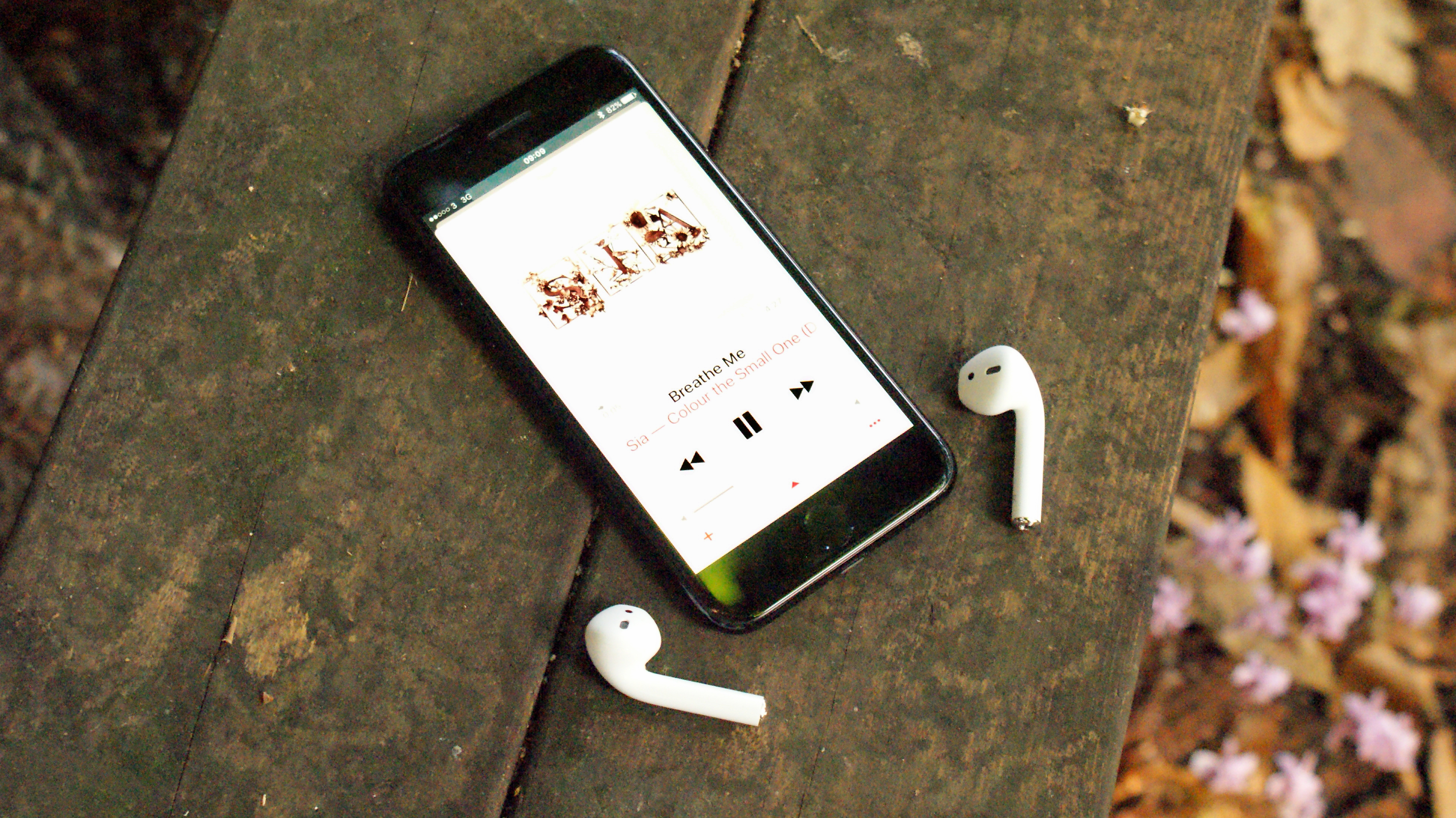
The audio performance is good from both streaming services, and more good news is that your headphones will still work just fine without the 3.5mm jack: plug in a pair of headphones with the adaptor and you'll still be able to get all the use out of the inbuilt controls, for instance.
It's hard to say whether the Lightning port connection for headphones improves things, but without an adaptor you can't listen to music and charge the phone at the same time… which is a real pain.
Take a look at how the iPhone 7 did in our speed test:
Gaming too is superbly strong on this phone, once again ably assisted by the improved performance from the A10 chipset.
What does that mean in real terms? In theory, much more visually-impressive games. In practice, however, it doesn't mean a whole lot. Many of the titles that can use this extra power are yet to come out, and we've lost count of the times Apple has told us we now wield console-quality graphics in our hands.
That said, there is one new feature that really improves the gaming experience: Taptic feedback from within the phone.
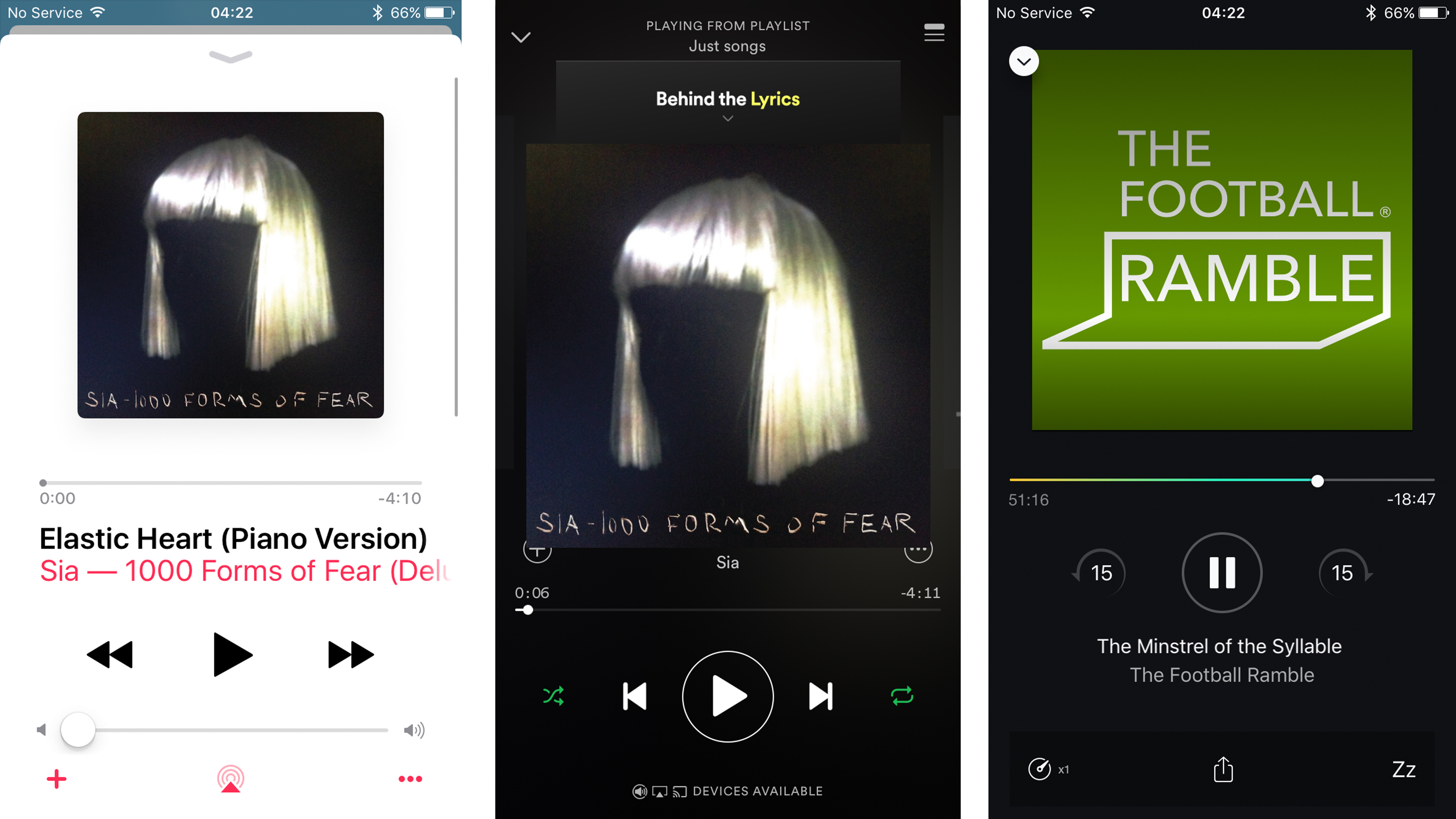
The new vibrating engine delivers smaller, more targeted buzzing of the phone, so when you're firing a machine gun, or crashing a car into the side of a wall, it feels more realistic and engaging.
It sounds like a small thing, but if this is the kind of feature that's been made possible by the omission of the headphone jack then we're not complaining.
iOS 10, iOS 11 and iOS 12
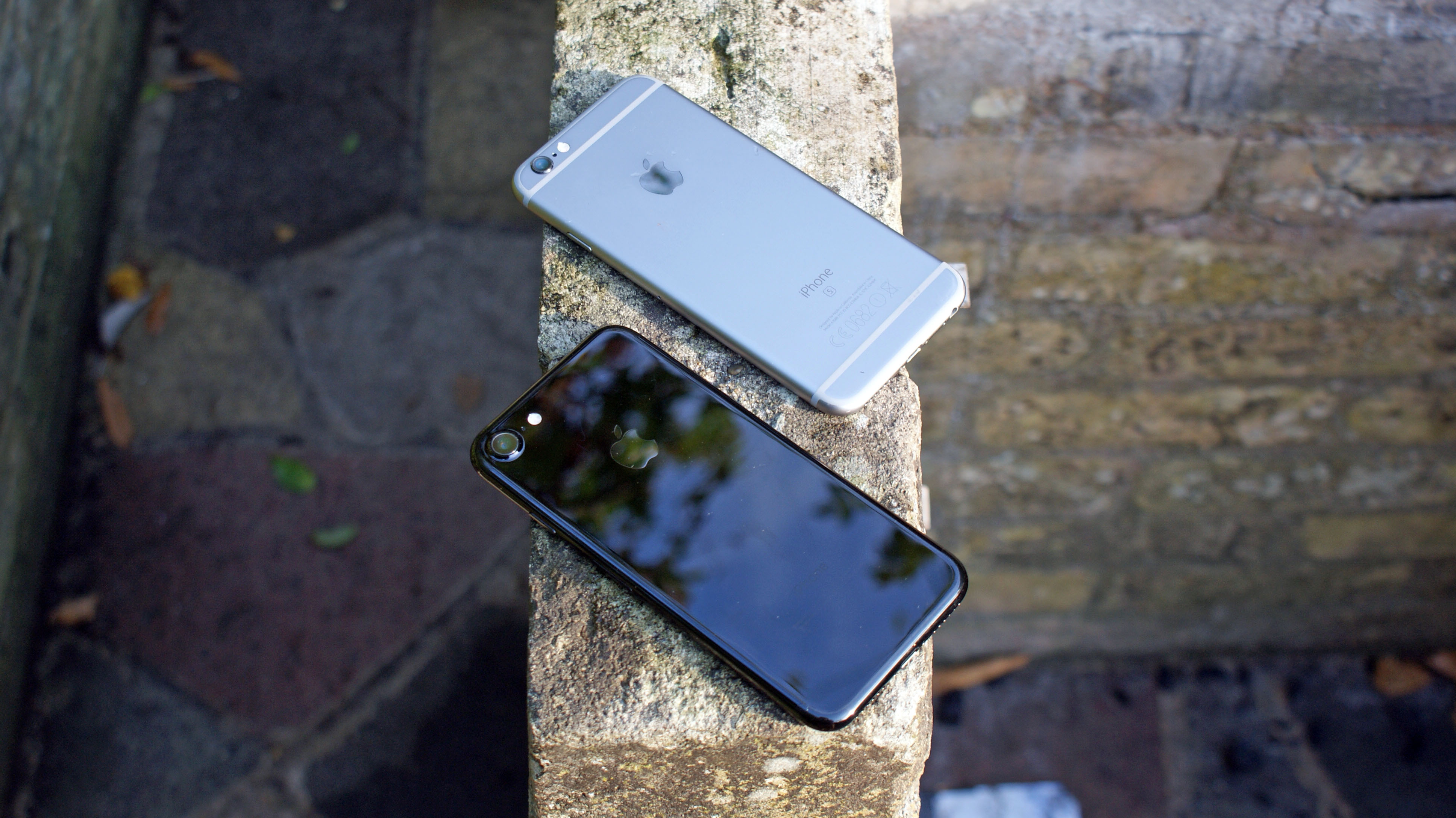
The new iPhone is always the poster child for the new version of any operating system, and the iPhone 7 is no exception.
Apple's iOS 10 was one of the best platforms the company had ever put together – replaced first by iOS 11, and more recently by iOS 12. With the iPhone 7 getting the latest iOS 12 software it ensures the handset remains relevant more than two years since its launch.
There's a lot more going on here than on iOS 9, with the 'left of home screen' panel containing all manner of updates and information – it's like the News panel and the notification pane from the top of the phone have been merged into one, with more information and widget choices readily available.
The lock screen has also been given an overhaul, with the same pieces of information available with a swipe across. The iPhone 7 also has 'raise to wake' enabled, so whenever you pick up the phone it'll instantly wake itself.
Apple says this was done to stop people missing the lock screen altogether, such is the speed of Touch ID, and that's mostly been solved here.
But what it has done, especially when combined with a non-clickable home button, is create something of an unlocking vortex when you're trying to interact with the lock screen.
Pick up the phone, play with some widgets and decide you want into the phone – suddenly, you'll place your finger down to open things up through Touch ID, and you're not in. The phone is now telling you to press the Home Button again… for no good reason.
That's probably the most complex element of the OS, and anyone coming from an Android phone will enjoy the range of widgets and new twists on board. However, those upgrading their iPhone might not find quite so much joy. Over weeks of use, it didn't seem to become any easier how to unlock the damn thing.
iOS 10.2 specifically brought a whole bunch of new emoji - you can see all of them in a full list here - as well as a new feature called Find My AirPods within the Find My iPhone app.
Apart from that, iOS 10.1 and 10.2 have both been full of behind of the scenes improvements, which also came as part of iOS 10.3. The big feature we like within iOS 10.3 is Apple's new storage management system.
As noted, the iPhone 7 has since received iOS 11 and even iOS 12, with the phone running iOS 12.2 at the time of writing. These updates further change and refine things, with the likes of grouped notifications, Siri Shortcuts, a Screen Time feature and much more.
Current page: Specs, iOS and performance
Prev Page Introduction, design and screen Next Page Battery life
Gareth has been part of the consumer technology world in a career spanning three decades. He started life as a staff writer on the fledgling TechRadar, and has grew with the site (primarily as phones, tablets and wearables editor) until becoming Global Editor in Chief in 2018. Gareth has written over 4,000 articles for TechRadar, has contributed expert insight to a number of other publications, chaired panels on zeitgeist technologies, presented at the Gadget Show Live as well as representing the brand on TV and radio for multiple channels including Sky, BBC, ITV and Al-Jazeera. Passionate about fitness, he can bore anyone rigid about stress management, sleep tracking, heart rate variance as well as bemoaning something about the latest iPhone, Galaxy or OLED TV.
